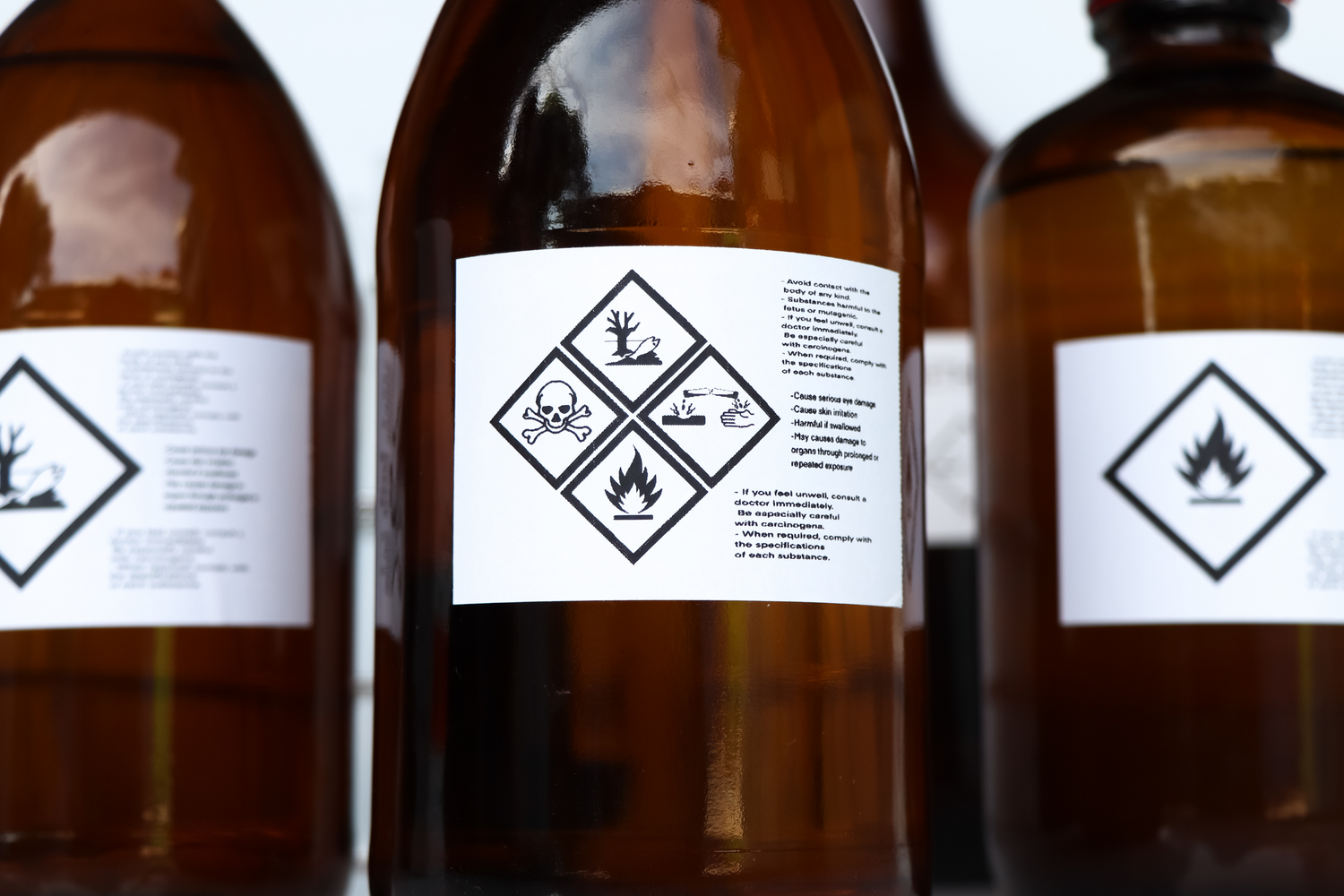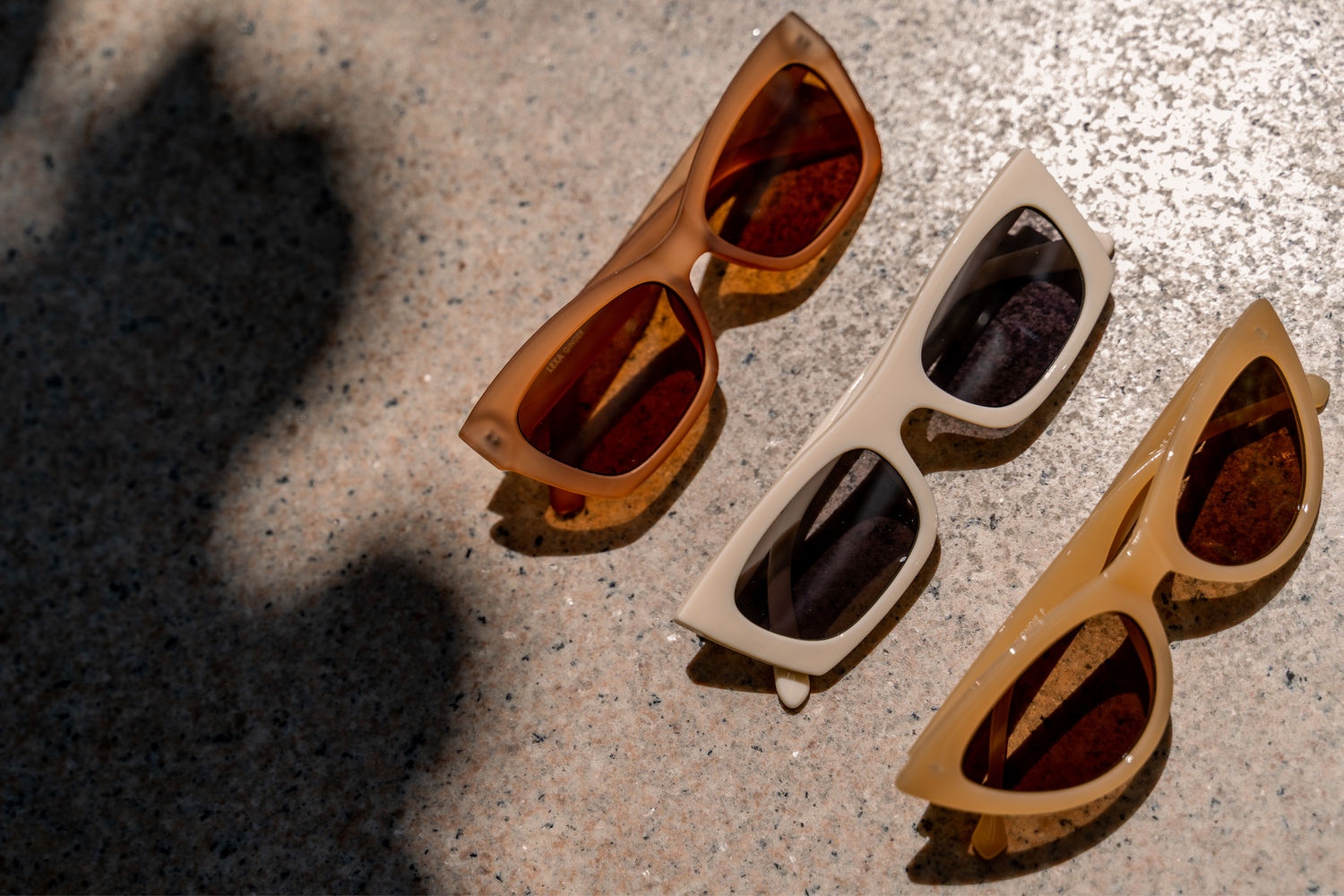No redness? No pimples? It's not always a good sign.
It's tempting to think that when a product doesn't cause any visible reactions —no redness, itching, or spots—it's safe for the skin. However, this perception is incomplete, even misleading.
A product may appear "well tolerated" because it doesn't cause immediate symptoms, but contain ingredients that weaken the skin in the long term , or silently impact overall health .
Understanding different skin reactions
Skin can react to a product in several ways , and not all of them are visible to the naked eye.
Immediate reactions: visible but not systematic
Some people react instantly to an ingredient with:
-
-
Redness
-
Itching
-
Burning sensations
-
Small buttons
-
These are acute reactions , often linked to known allergens , such as certain preservatives (type MIT), perfumes or essential oils.
But these signs are not systematic , especially if the skin is not sensitive to begin with or if the reaction is more insidious .
Delayed or invisible reactions
Many ingredients don't trigger any immediate reaction ... but can cause harm in a more subtle or gradual way:
-
-
Alteration of the skin barrier , with skin becoming more dehydrated over time
-
Chronic micro-inflammations , imperceptible to the naked eye, but which tire the skin
-
Accumulation of endocrine disruptors , with an impact on hormonal balance
-
Photosensitization , increasing the risk of pigment spots when exposed to the sun
-
Suspected carcinogenic or toxic effects , identified by studies on certain ingredients
-
"Tolerated" but problematic ingredients
Concrete examples
Here are some typical examples of ingredients that are still found in many products, even those sold in pharmacies:
-
-
Phenoxyethanol : Widely used preservative, potentially irritating and suspected of liver toxicity in infants.
-
Chemical UV filters such as octocrylene : suspected of disrupting the endocrine system.
-
Synthetic or even natural perfumes (essential oils) : major causes of allergies and irritations, often well tolerated... until the day they are no longer.
-
Harsh alcohols : such as denatured alcohol (alcohol denat.), which can dry out the skin deeply.
-
These are legally permitted ingredients , sometimes "tolerated" without any apparent reaction... but which have no place in a healthy long-term routine.
Unlëss' philosophy: don't wait until there's a problem to act
At Unlëss Cosmetics , we believe that the absence of a visible reaction is not enough to consider an ingredient safe.
Our requirement goes beyond simple “skin tolerance”:
- We exclude controversial ingredients , even when they don't trigger an immediate reaction.
- We favor biocompatible active ingredients , gentle but effective, even for the most sensitive skin.
- Our treatments are formulated without perfume (even natural), without essential oils , without endocrine disruptors , and dermatologically tested to guarantee impeccable tolerance .
What you can do to better choose your care
Read the ingredients beyond the marketing promises
A product may claim to be "hypoallergenic" or "dermatologically tested" and still contain questionable compounds . Learn to read labels (INCI), or rely on brands like Unlëss, which do the sorting for you .
Favor brands that go beyond the norms
All ingredients used at Unlëss are chosen for their safety and proven effectiveness , not simply to meet legal minimums. Our requirement is simple: zero controversial ingredients , even tolerated ones.
Bottom line: just because your skin is silent doesn't mean it's saying yes.
-
-
The absence of a visible reaction does not mean that a product is safe .
-
Some ingredients can weaken the skin or impact your long-term health .
-
At Unlëss, we exclude these ingredients, even if they are permitted.
-
Trust an ultra-healthy, transparent formulation that is committed to your skin and your health.
-
Discover all our uncompromising products for your health here!



